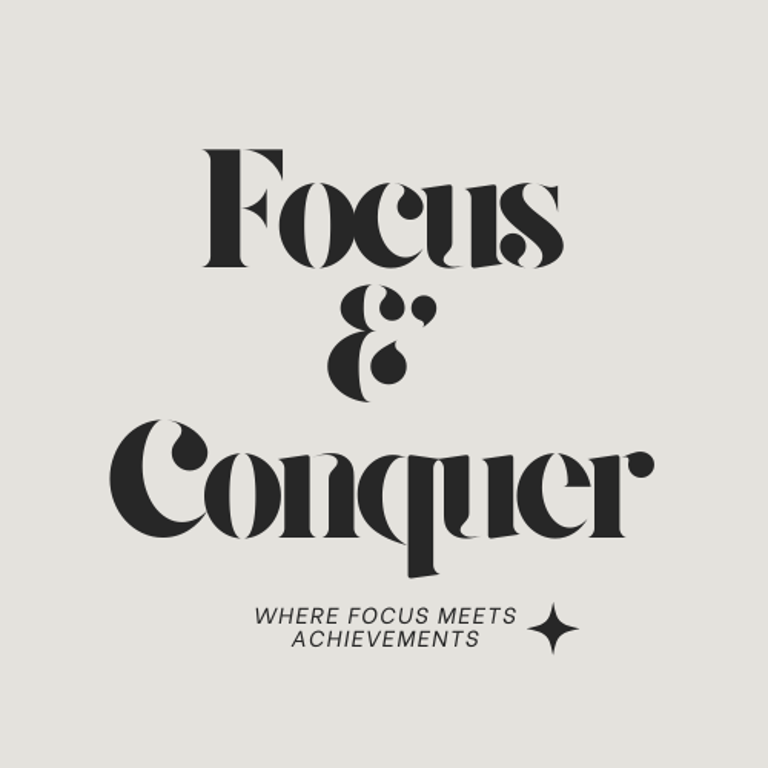3 Simple Systems That Made Managing My Money So Much Easier
Discover the 3 simple financial systems that made managing my money peaceful, easy, and clear — and how you can do the same.
10/30/20254 min read


There was a time when I thought “getting my finances together” meant color-coding spreadsheets, downloading three budgeting apps, and spending entire Sundays trying to figure out where my money had gone.
It felt exhausting.
And honestly, it made me feel like I was failing at being a business owner.
No one tells you that financial organization doesn’t have to be complicated — it just needs to be consistent.
When I stopped chasing perfection and started focusing on a few simple systems that I could actually maintain, everything changed.
My stress dropped, my decisions became clearer, and for the first time, I felt like my money was working with me — not against me.
Here are the three simple systems that made managing my money so much easier — and might just change the way you see your finances too.
System 1: The “One Dashboard” Rule
For years, I kept my money scattered:
A Google Sheet for income, an app for expenses, screenshots for receipts, and about seven “to-update” notes on my phone.
It looked organized from the outside — but it was chaos in disguise.
One night, I was preparing an invoice and realized I couldn’t even answer a simple question:
“How much profit did I actually make this month?”
That was my turning point.
I decided to create one single dashboard where everything lived — a place I could open every day and instantly understand where I stood.
That’s how the Finance Clarity Tracker was born.
It’s my go-to system — one page that holds:
My income by week and source.
My expenses by category.
My running cash balance.
My profit chart.
No fluff, no formulas I don’t understand — just clear, visual information that keeps me calm.
Now, instead of feeling guilty about not “checking in,” I look forward to it.
It’s five minutes of truth and peace.
Clarity isn’t about complexity. It’s about having one clean place where your money finally makes sense.
System 2: The Weekly Money Reset
Once I had my dashboard in place, I realized I still needed rhythm — something that kept me in touch with my finances regularly.
So I started what I now call my Weekly Money Reset.
Every Friday morning — coffee in hand — I spend ten quiet minutes reviewing my week:
What came in?
What went out?
What patterns am I noticing?
That’s it.
Some weeks I find small wins — like spending less on subscriptions.
Other weeks, I find lessons — like realizing I overinvested in ads or tools.
But the real magic of this system is emotional: it keeps me connected.
I no longer feel that fog of “I think I’m doing okay…” — I know exactly where I am.
And there’s something empowering about ending the week with that calm confidence, instead of avoiding your numbers and hoping for the best.
Your finances don’t need more time. They need more attention — small, consistent attention.
System 3: The “Plan Before You Spend” Framework
This one changed everything.
Before, I used to make decisions emotionally — I’d buy courses, software, or gear because they felt like progress.
But I never stopped to ask:
“Is this aligned with my plan?”
So now, before any spending, I pause and go through three quick questions:
Is this necessary or just nice to have?
Will it help me make or save money soon?
Can my current cash flow handle it easily?
If I can’t say yes to at least two, I wait.
That small pause — two minutes of clarity — has saved me thousands over time.
And more importantly, it’s taught me to trust myself with money again.
Because money management isn’t just math — it’s mindset.
The “Plan Before You Spend” framework brought peace back into my financial decisions.
It turned guilt into confidence, and chaos into control.
What These 3 Systems Have in Common
They’re all simple enough to repeat.
That’s the secret to financial ease — not the fanciest system, but the one you’ll actually keep using.
Each of these systems builds on the other:
The dashboard gives you clarity.
The weekly reset gives you rhythm.
The spending framework gives you direction.
Together, they create a sense of calm consistency — like your finances finally have a heartbeat.
And the best part? They take less than 20 minutes a week.
What Changed After I Built These Systems
I started sleeping better.
I stopped avoiding my banking app.
And I stopped that constant mental math of “Can I afford this?” because I already knew.
Financial organization used to feel heavy.
Now it feels grounding.
It’s not about control anymore — it’s about confidence.
These systems turned money management from a stress point into a self-care practice.
Every time you sit down with your numbers, you’re choosing peace over avoidance. You’re choosing leadership over fear.
Want to Build Your Own Systems?
You don’t have to start from scratch.
The exact setup I use — my dashboard, formulas, and visual layout — lives inside the Finance Clarity Tracker.
It’s designed for women entrepreneurs who want clarity, not spreadsheets.
In less than ten minutes, you’ll have:
✔ A clean view of your income and expenses
✔ An automatic profit calculator
✔ A visual dashboard that feels calming, not confusing
If managing your money has ever felt like too much, this tracker will be your turning point — just like it was mine.
Final Thoughts: Calm Over Chaos
You don’t need a dozen tools or financial degrees to feel in control.
You just need a few systems that make sense to you.
The truth is, I didn’t simplify my finances because I’m organized.
I simplified them because I was tired of feeling anxious.
And now, every time I open my tracker, I’m reminded that peace with money isn’t found in perfection — it’s built in small, consistent systems that support you every single week.
So if you’re ready to stop overthinking and start feeling grounded with your money — start here.
Start simple.
Start today.
